You’re already part of the Apple ecosystem and looking to expand the devices that work within it. If you’re in the market for a smart speaker, then the HomePod is the best option.
However, there are two options, and while they both do relatively the same thing, there are some big differences between them. Depending on things like your needs and budget, one will fit you better than the other.
A Brief History of the HomePod
A HomePod is an Apple smart speaker comparable to Amazon Echo and Google Nest devices. It can be controlled either through Siri or using the touch controls on the top of the music pause music and change volume.
The smart speaker was first introduced in 2017 and was marketed as a speaker that would “reinvent home music.” Still, it had its setbacks, including limited capabilities with streaming services and a higher price tag compared to other smart speakers. The speaker has no standard Bluetooth connection or wired input, instead relying solely on Apple’s proprietary AirPlay standard.
In 2020, Apple introduced the HomePod mini, which offered the same capabilities as the original HomePod but in a smaller form factor and at a cheaper price. Yet, it was still pricey compared to smart speakers in its category.
Apple discontinued the original HomePod in March 2021 to focus more on the HomePod mini, and while it was saddening, it wasn’t surprising. However, Apple had a trick up its sleeve and announced the second-generation HomePod in January 2023, nearly two years after discontinuing the first generation.
The second generation offered improved sound, additional features, and a lower price tag than its predecessor. The HomePod mini remains the first generation, although rumors suggest a second generation may be on the horizon.
Two Models, Two Sizes, Two Designs
The most significant differentiating factor is the size of each HomePod. The full-sized HomePod is obviously taller than the mini, measuring 6.6 inches in height and 5.6 inches in width.
On the other hand, the HomePod mini is half the height of the HomePod, measuring 3.3 inches and 3.9 inches in width. Its size is similar to holding a softball.
Height isn’t the only major factor; they are both very different in weight, and you can definitely feel the difference when putting down one and then picking up the other. The HomePod mini weighs 0.76 pounds, while the full-size HomePod weighs more than five times as much at 5.16 pounds.
Due to their height and weight, it’s essential to consider where to place them when deciding which one to get. If you live with limited space, the HomePod mini may be the best option due to its smaller form factor.
The HomePod mini is also more portable than the full-size version, making it easier to connect to a power bank and carry around the house if that’s what you’re looking to do. It’s worth noting that neither are designed with portability in mind, since neither are battery-powered.
The two are also different in their power cables and how they are plugged into a power source. The full-size second-generation HomePod features a detachable cable that can be easily pulled out from the back (the first-generation doesn’t). However, unlike other smart speakers, which use a USB brick, it plugs directly into an outlet.
The HomePod mini’s cable is not detachable; however, the end of it is USB-C, allowing you to plug it into any available USB-C port. This is great if you have a multi-USB hub or don’t have many outlets to plug into.
If you’re looking for more accessible controls on your HomePod, the full-size one may be better for you. Its larger size comes with a larger touch surface on top, providing more room to control the music being played and its volume.
If you’re looking for more variety in colors, the HomePod mini may better suit your needs. The mini offers colors such as blue, yellow, midnight, white, and orange, while the full-size HomePod only comes in midnight and white. No matter which version you get, both are covered in soft mesh fabric. However, the mini does feel a little rougher.
Feel the Beat of Each HomePod
Size is one component, but sound quality is truly the deciding factor between each speaker. Both are quite different in this regard, but it truly depends on how you listen to music and which would be better for you.
Now, it is pretty evident that the full-size HomePod offers better sound due to its larger body, which allows for more powerful speaker components. Yet, with that being said, the HomePod mini does pull its weight in terms of the sound it produces.
The HomePod mini is built with a full-range driver and dual passive radiators, which deliver deep bass and crisp high frequencies when playing music.
It is also built with a custom acoustic waveguide for a 360º sound field and computational audio for real-time tuning. A four-microphone design also enables you to summon Siri from a distance or at a lower volume. I’ve had a HomePod mini since it was released, and when I turn the volume all the way up, I can hear it from another level of my house. Additionally, I can summon Siri with just a whisper.
Yet, if you’re looking for a powerhouse in sound, the full-size HomePod should be the go-to speaker. It will allow you to not only hear the music but also feel it.
The HomePod is equipped with a four-inch high-excursion woofer and an array of five horn-loaded tweeters, each featuring a neodymium magnet. It also includes an internal low-frequency calibration microphone for automatic bass correction and advanced computational audio with system sensing for real-time tuning.
These features make the HomePod a powerhouse for music playback, delivering clear and crisp sound. When comparing the HomePod to the HomePod mini using the same song on both devices, the full-size HomePod provided greater clarity in both vocals and background instrumentals.
The most noticeable difference, however, was how the HomePod interacted with its environment. Thanks to its room-sensing capabilities and support for Spatial Audio with Dolby Atmos, I didn’t just hear the music—I felt it.
Whether playing tracks in Dolby Atmos or standard stereo, the HomePod created an immersive audio experience. The sound seemed to move around me, and I could feel the floor vibrate in sync with the beat and bass. It gave me a deeper appreciation for the music I was hearing.
Now, the HomePod mini can also play Dolby Atmos tracks, but it does not produce the same spatial surround environment as the full-size HomePod.
If you want to fully immerse yourself in your music—hearing every vocal, instrument, and beat with precision—the full-size HomePod is the better choice. However, if you’re looking for a solid speaker that delivers quality sound in a compact form, the HomePod mini is hard to beat.
Different Looks, Similar Features
Regarding the features included in each speaker, both offer the same technical capabilities. This means that no matter which model you pick, you’ll still get the same features.
Both HomePods feature Apple’s U1 chip, enabling a more precise and responsive experience when using the Handoff feature with compatible devices like the iPhone. This feature allows music to be passed back and forth between the two devices when they are close to one another.
If you want to cast audio to the speaker from another device, such as an Apple TV or Mac, both HomePod models support AirPlay 2. This feature uses Wi-Fi for transmission, offering a more stable and higher-quality connection than Bluetooth, which relies on radio waves.
Additionally, both HomePods support multi-room audio and stereo pairing. However, stereo pairing requires two of the same model, meaning you cannot pair a HomePod with a HomePod mini to create a stereo pair.
If you have multiple HomePods in the home, you can use either model to access the speaker’s intercom feature. This enables you to send an audio message to either all HomePods or nearly all Apple devices in your home or to a specific room.
Both models also work with HomeKit and can act as an active home hub, which allows you to control and automate accessories in your home remotely. This also means that the speakers can control your HomeKit accessories. Both can be paired with an Apple TV 4K and used to output Dolby Atmos-compatible home theater audio.
Two Very Different Price Points
Both speakers have pros and cons, and depending on what you’re looking for in a speaker, you will determine which one you prefer.
For many, it may come down to cost rather than the features and abilities each speaker has. The HomePod mini costs $99, while the full-size HomePod costs $299.
As someone who uses both, I can say that both prices reflect each speaker well. The HomePod mini offers good sound for its size, is easily portable, and can fit in small spaces. In contrast, the full-size HomePod provides a significantly better sound experience than the mini and adapts to its environment to deliver the best listening experience.
If you’re a hardcore music lover who wants to hear and feel every beat, lyric, and instrument—and experience immersive, room-filling sound—the full-size HomePod is the best choice. On the other hand, if you’re invested in the Apple ecosystem and want a smart speaker that integrates seamlessly with your devices while delivering room-filling sound, the HomePod mini is the model to get.
Whether you’re a hardcore music enthusiast or a casual listener, there’s a HomePod to match your needs. And if you want the best of both worlds, nothing is stopping you from owning both.


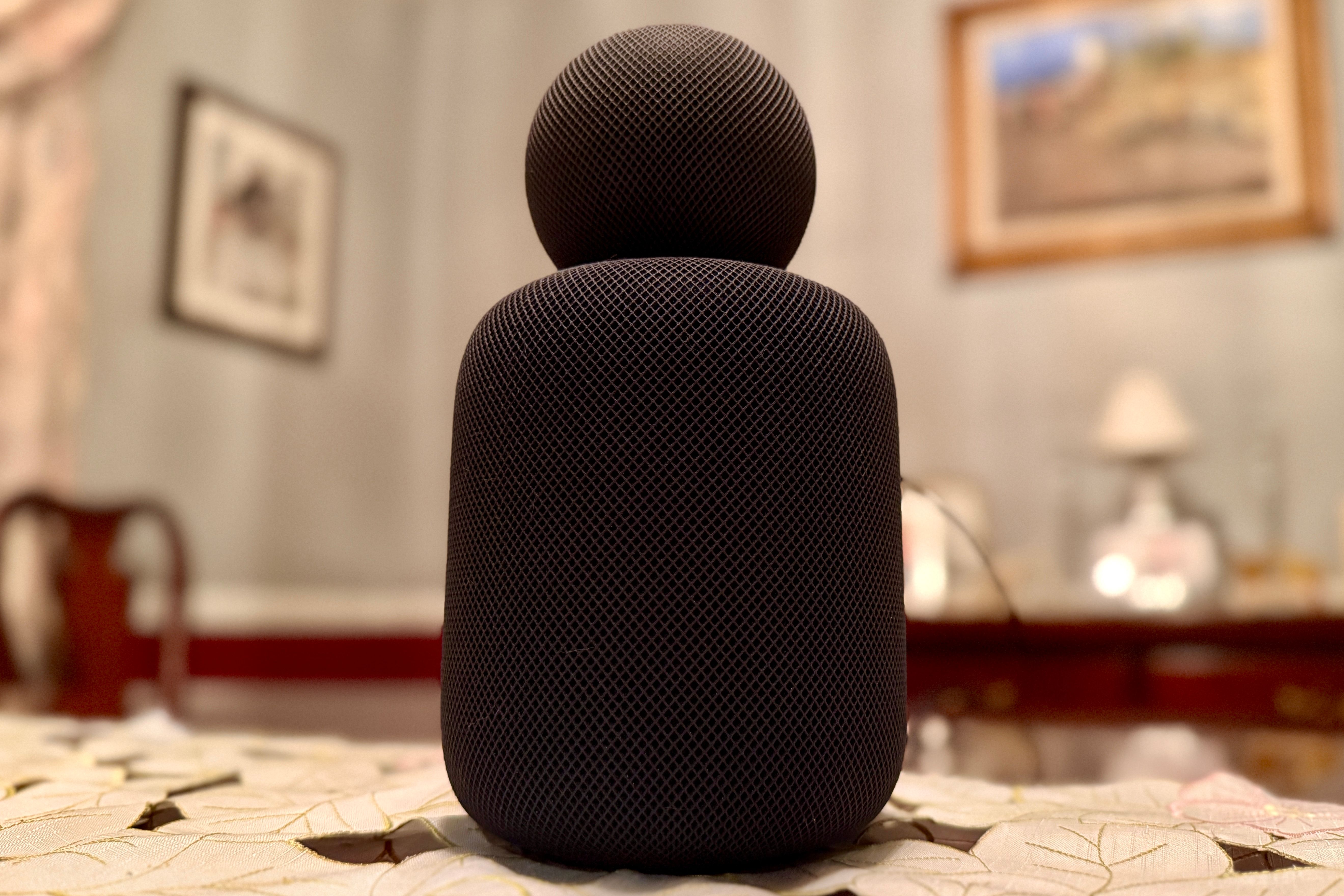
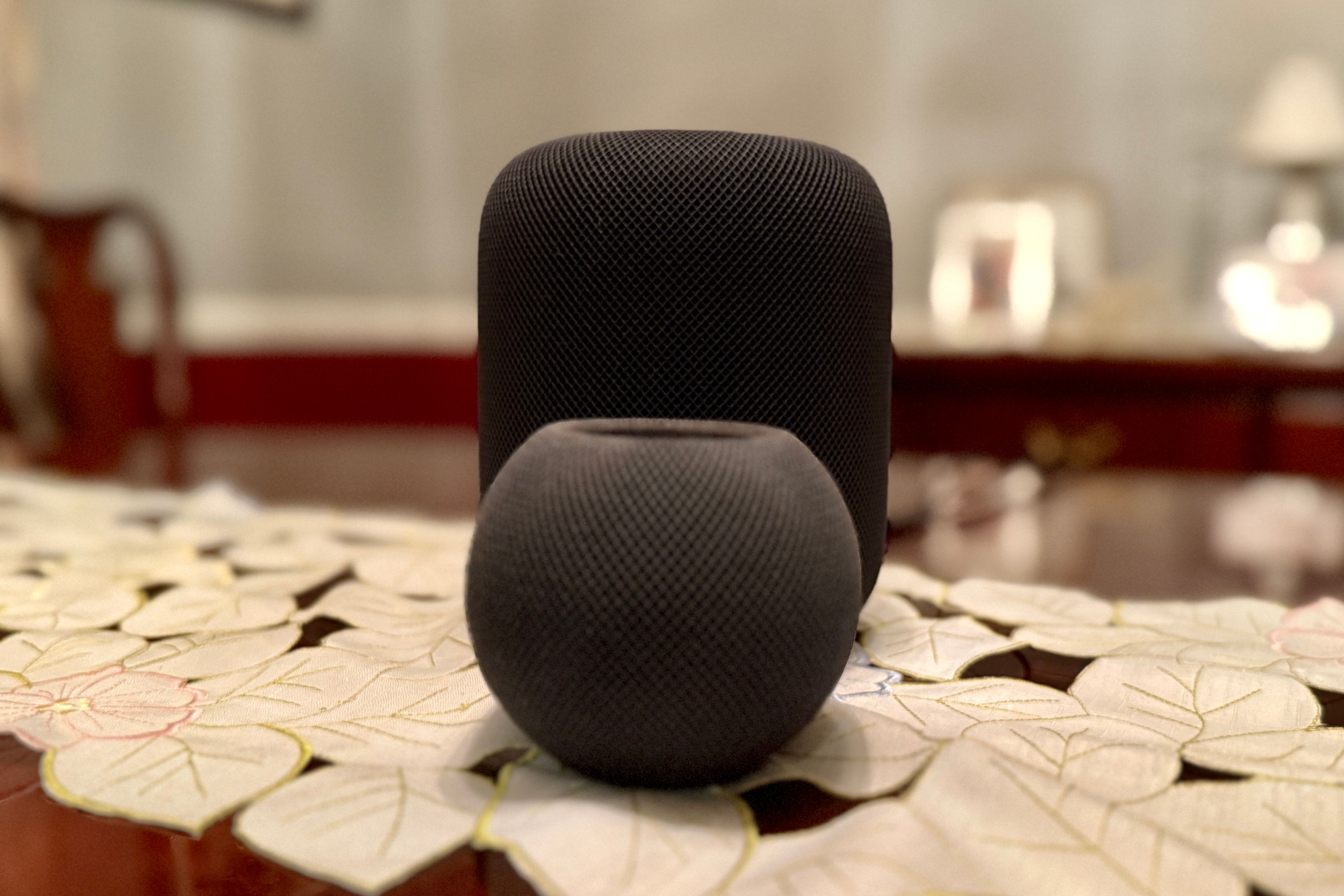
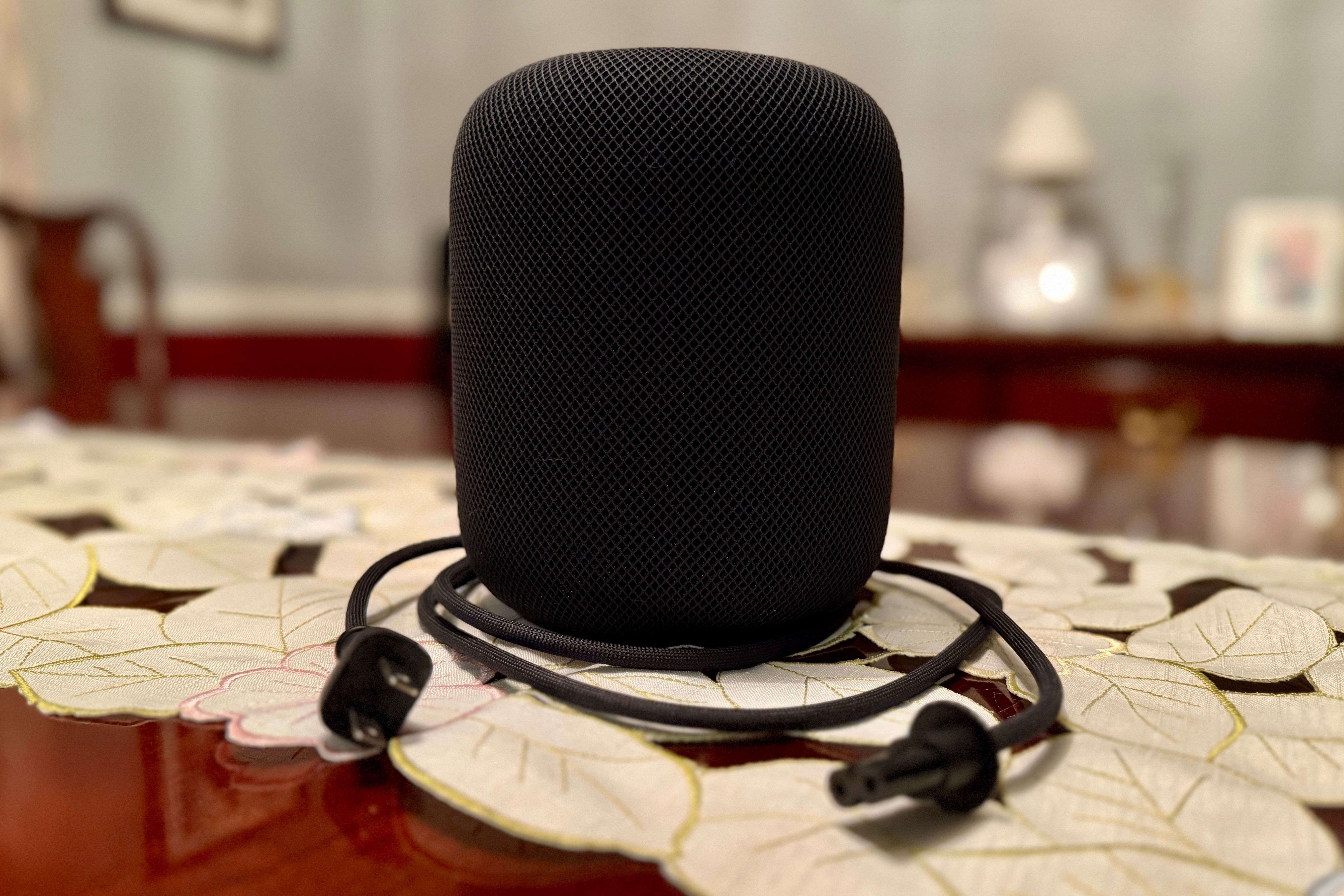
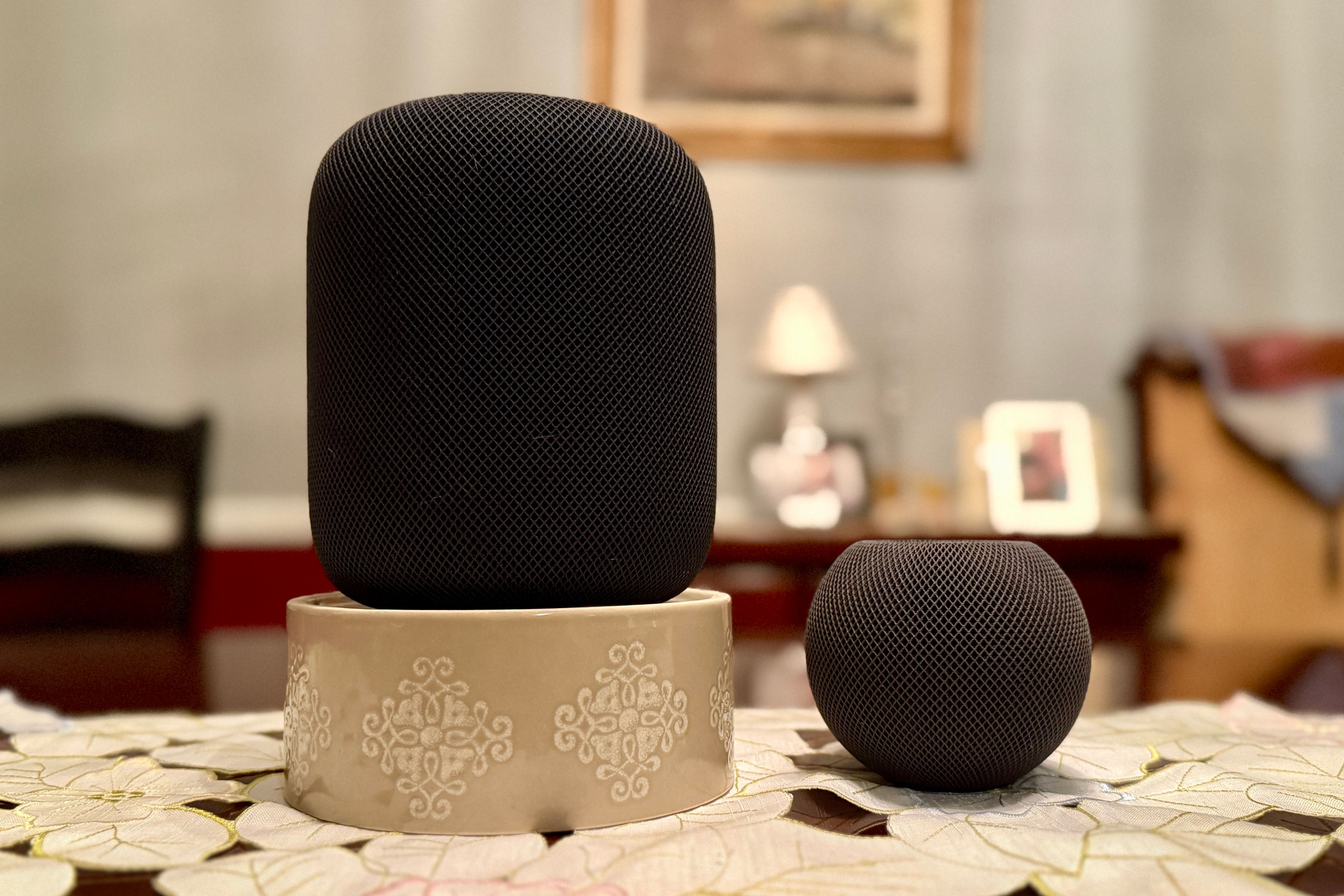
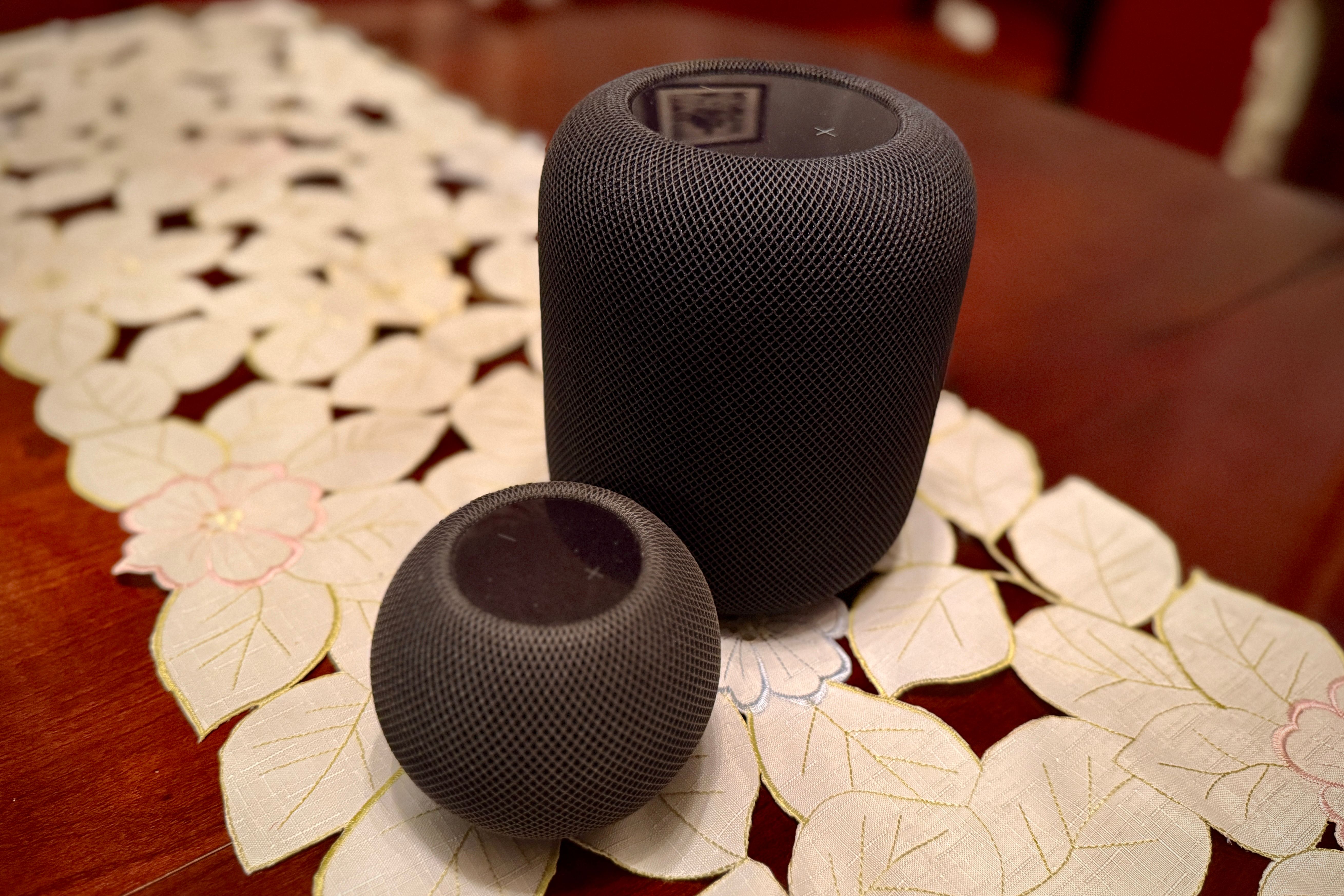
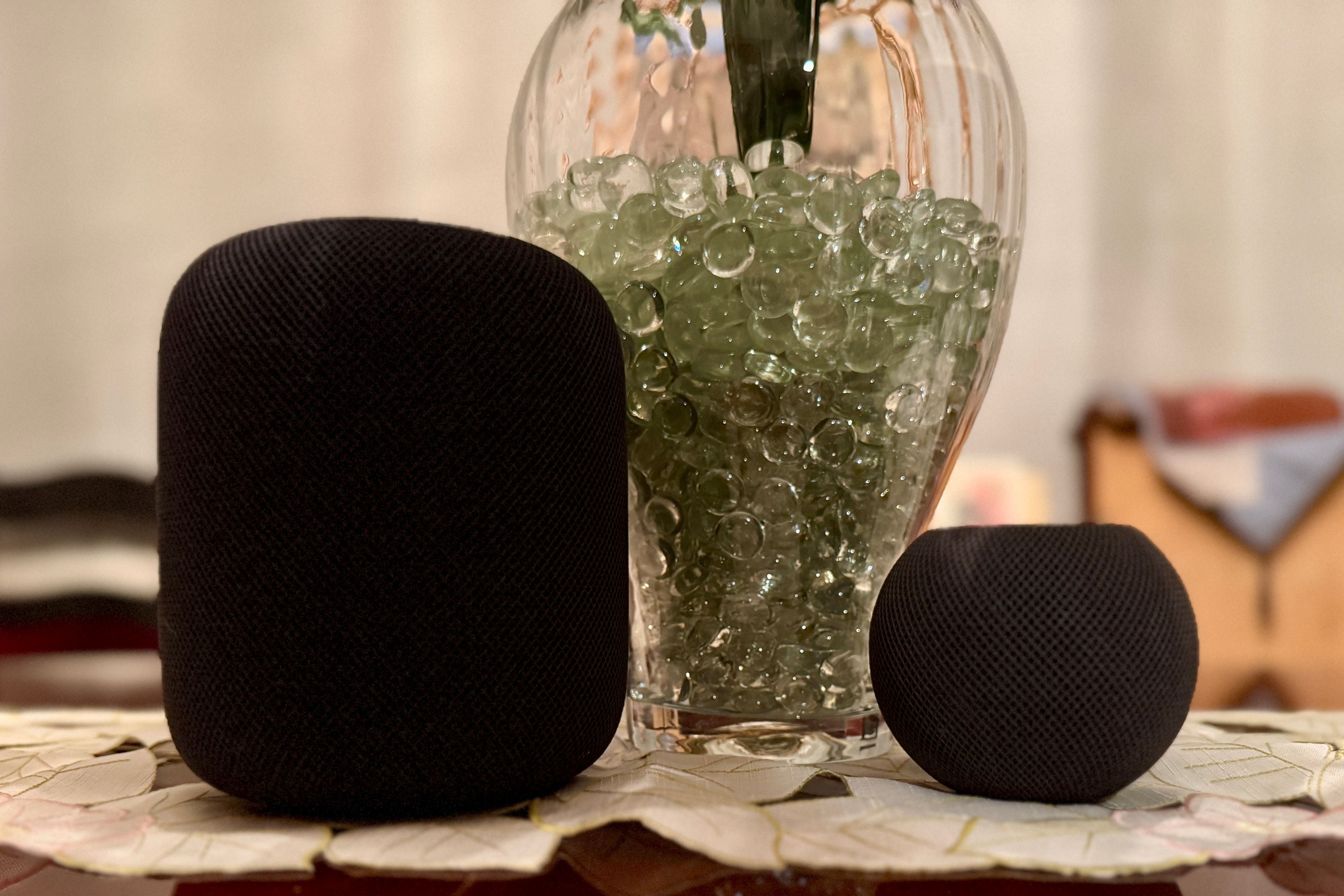





Leave a Comment
Your email address will not be published. Required fields are marked *